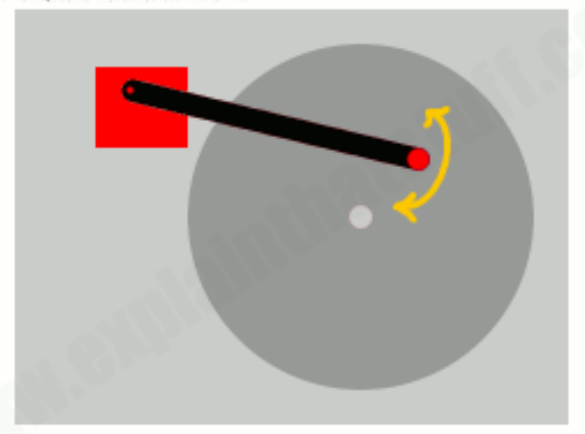How Computer Memory Works
Troy Jiang Oct. 30th, 2018
Imagine you are sitting in the waiting area in an airport in 2005. Wifi is not widely available yet, and the internet on your phone is not fast enough for you to stream a video either. You pull out your laptop and clicked on the movie that you downloaded beforehand. As you stare at the loading ring spinning, you wonder, “how does computer memory work, why is it taking so long?”

Picture Credit: http://www.freestudy.me/2017/12/computer-graphics-study-material-free.html
To answer this question, we must know that the building blocks of computer memory are called bits or binary code (“1” or “0”). Every character, picture, and program in a computer is translated and represented by a series of 1s and 0s. These gigantic chains of numbers make up the memory of the computer, which allows the computer to hold data and instructions. Not all data are treated and stored equally. Like humans, computers have a brain with short-term and long-term memory.
The central processing unit (CPU) functions as the brain of the computer that does all the calculations. To accomplish these tasks, the CPU retrieves the necessary data and occupies the necessary memory space in the short-term memory. Once it finishes the required calculations, it stores the desired outcome to the long-term memory for future use.
Short-term memory is fast and spontaneous when performing tasks, but it relies on the constant supply of power. One strength short-term memory has over long-term memory is that it can access any part of its memory instantaneously. We call such an ability random access memory (RAM). To understand RAM, let’s go back to our chain analogy. Because computer memory is a long chain of 1s and 0s, if we want to read a specific part of the chain, we have to start from the beginning of the chain and move one segment at a time until we reach the desired location. This process takes a long time. Fortunately, short-term memory labels each segment of the chain when it memorizes them. If we want to retrieve data from segment 50, short-term memory can jump right into that part of the chain and grab the memory, which saves a huge amount of time. However, RAM cannot retain information as permanently as long-term memory. Once the computer loses its power, short-term memory stops performing and loses all the information it retains.
Long term memory, on the other hand, uses magnetic, disc, and drive units to holds a larger amount of memory more permanently, but it also takes way much longer to access the information it holds. Different units take advantage of different material properties to store memories, but all them work in the same way by leaving physical footprints on the storage device. Imagine you have a paper disc in your hand, and you want to memorize a series of numbers. A simple way to do it is to grab a sharpie and start writing the numbers down on the paper disc. That is exactly how long-term storage unit works, except, instead of writing 1s and 0s with a sharpie, you mark north and south for magnetic units, bright and dark spots for disc units, and positive and negative charges for drive units. When you want to read what you wrote earlier on this unit, a probe will move over the unit to read the patterns and translate them back to 1s and 0s for your CPU. However, regardless of the long-term storage unit you choose, long-term memory takes way longer to process any data.

Picture Credit: https://www.explainthatstuff.com/how-computer-memory-works.html
Even though the combination of short-term and long-term memory provides us a solution for fast performance and permanent storage, we still face many memory challenges. We require computers to process more and more complicated data that even short-term memory cannot be fast enough. Long-term memory units still lose memory over time and under harsh conditions like heat. Scientist are still working delicately to explore other material properties that we can take advantage of for better memory management. Maybe one day you will be able to store everything we know on your phone, and you will be able to access it without loading time while you are waiting to board a plane.
